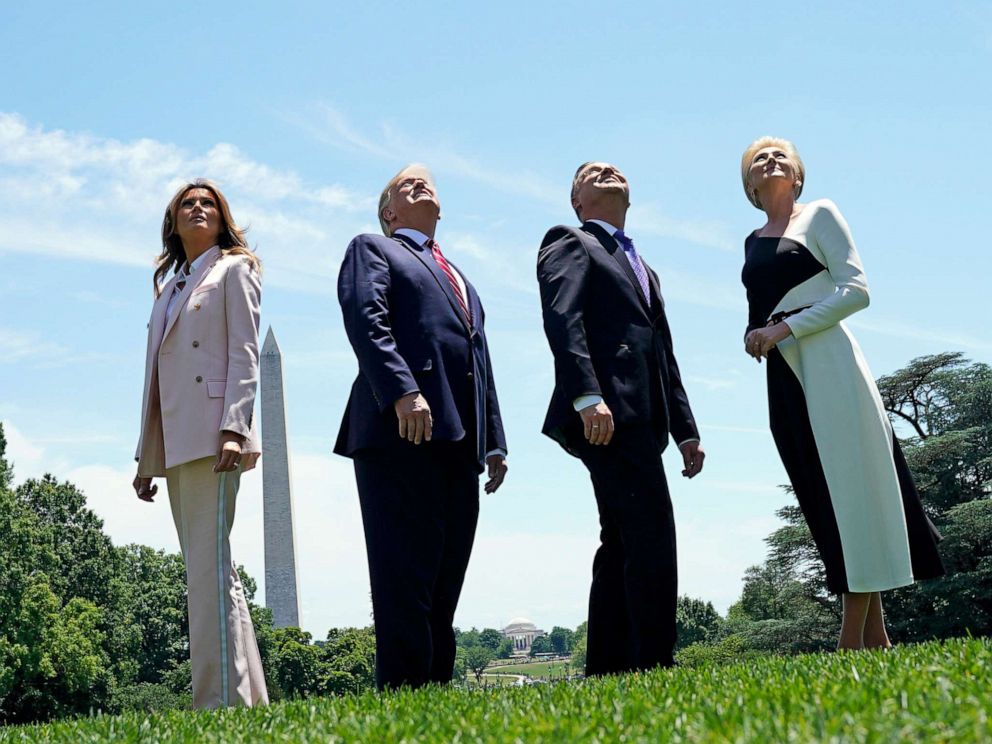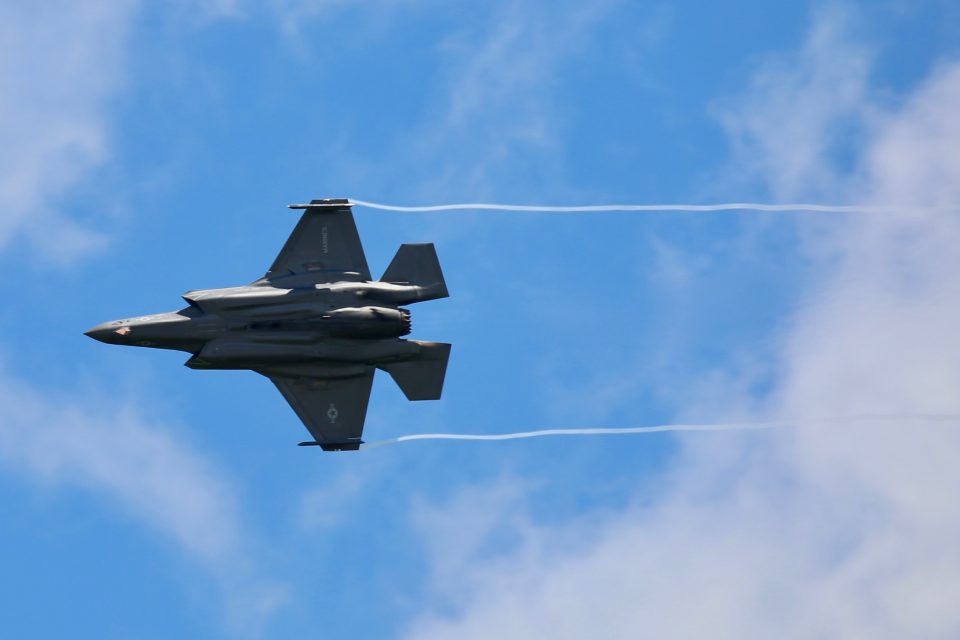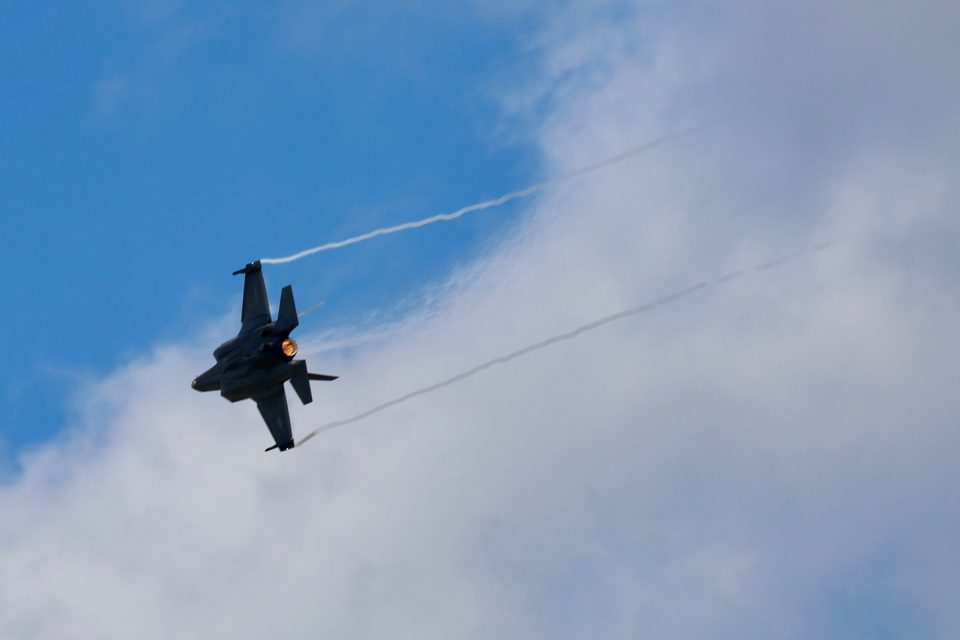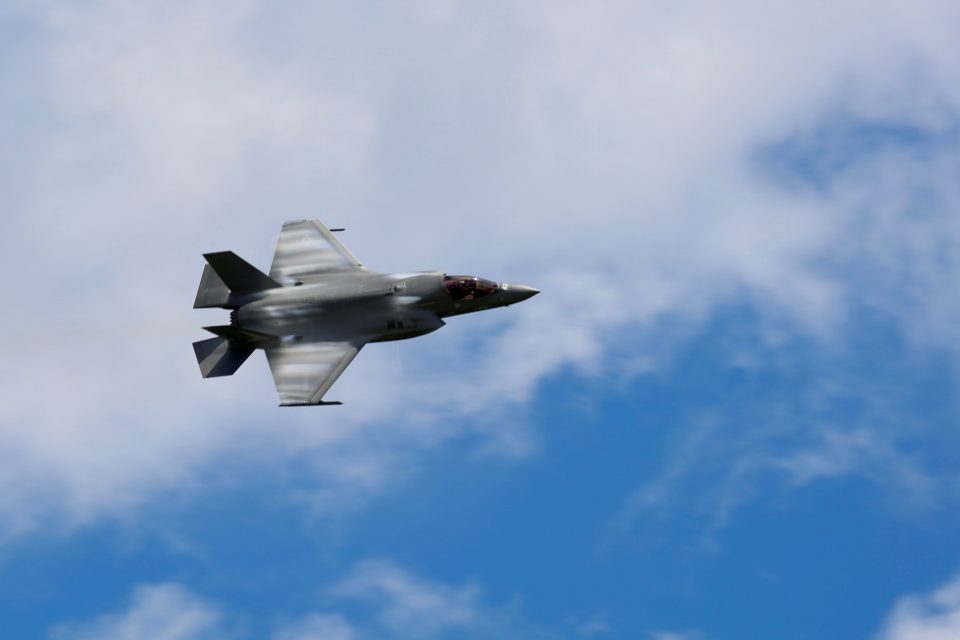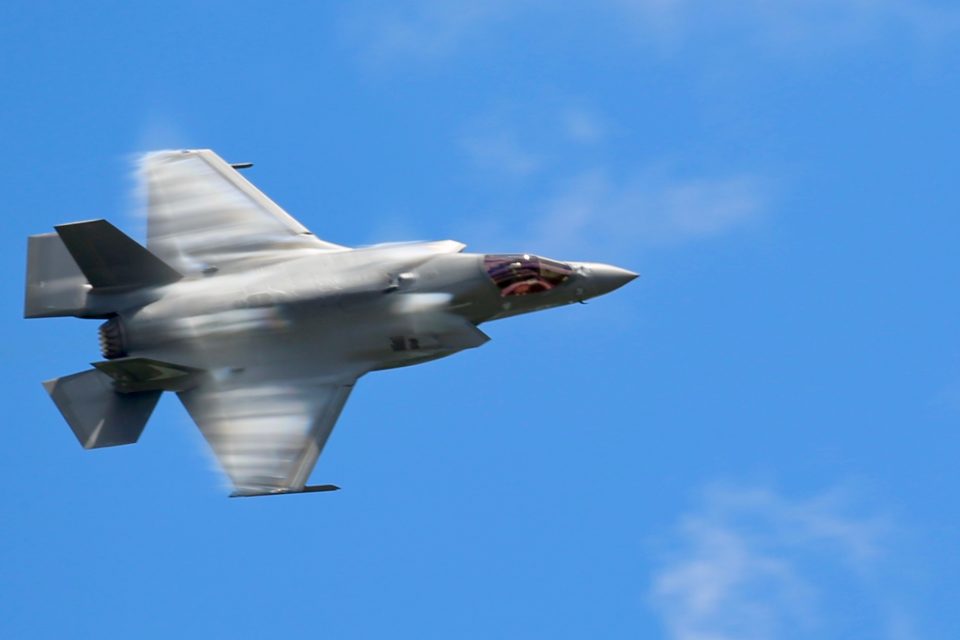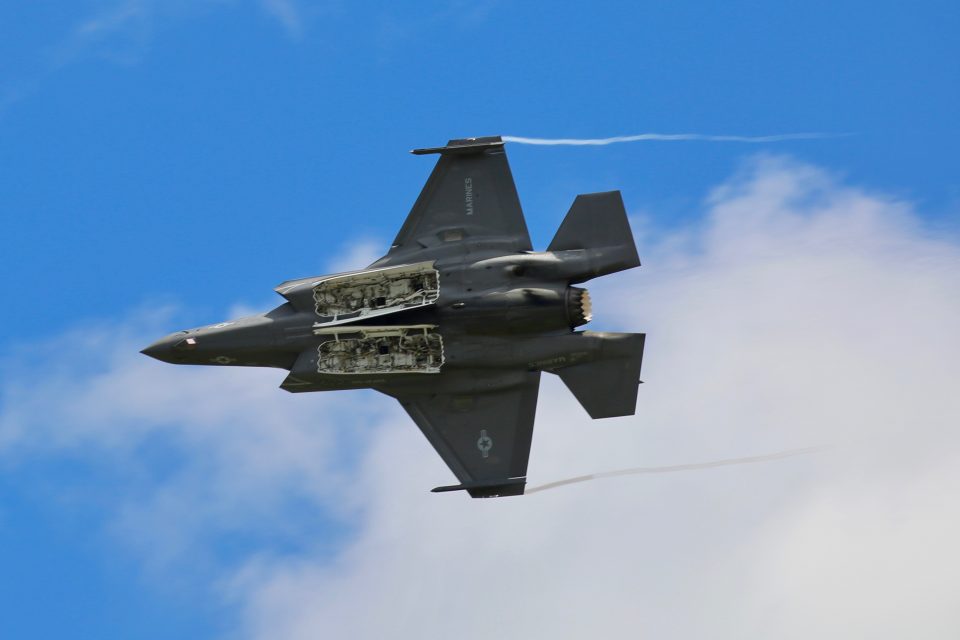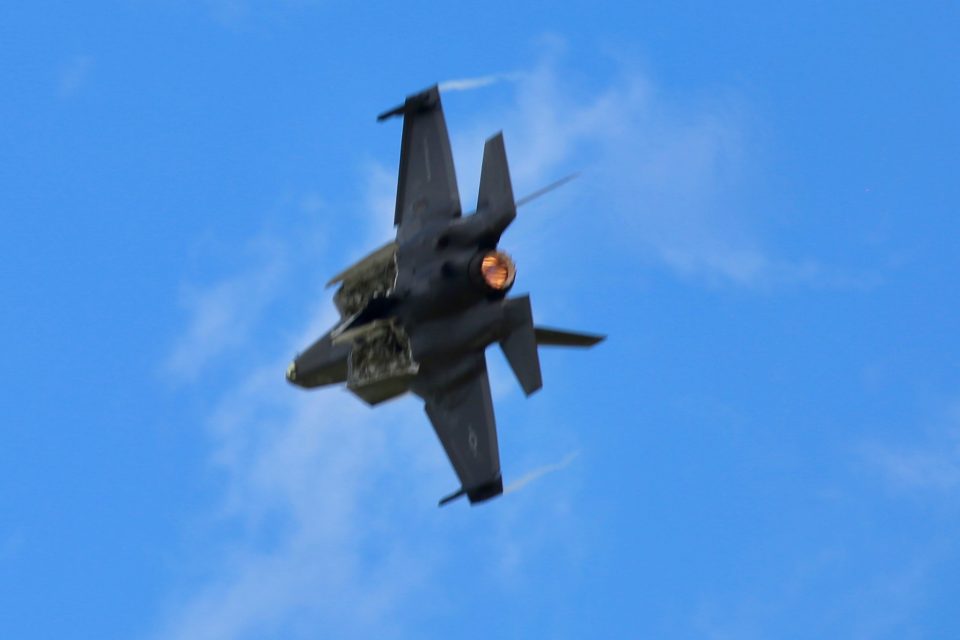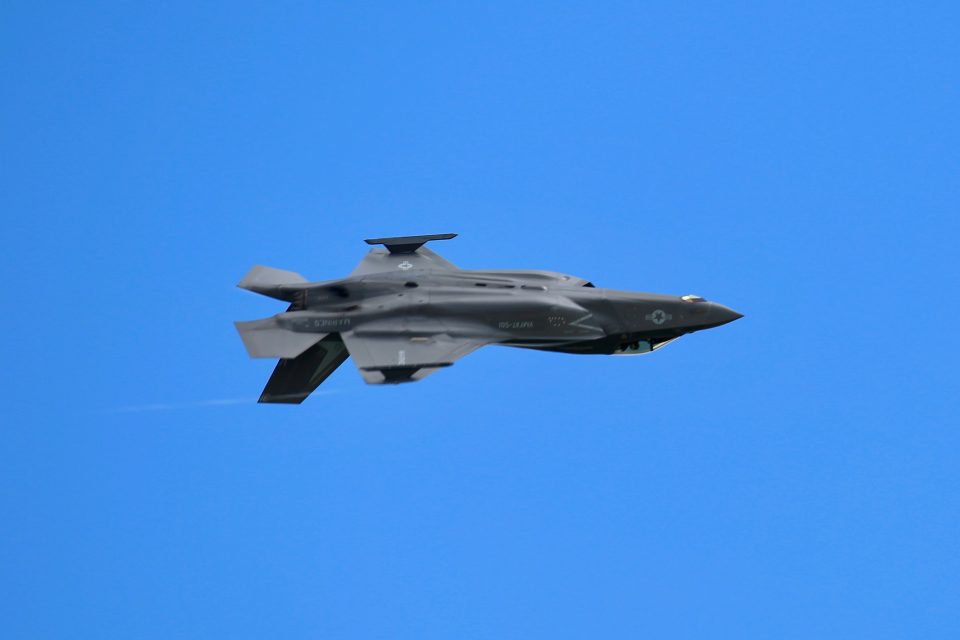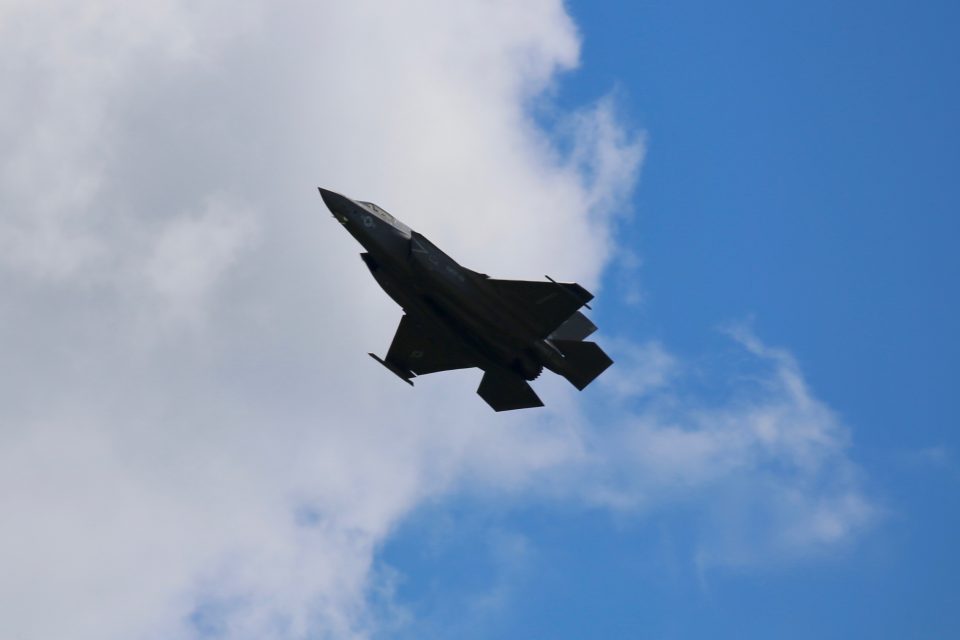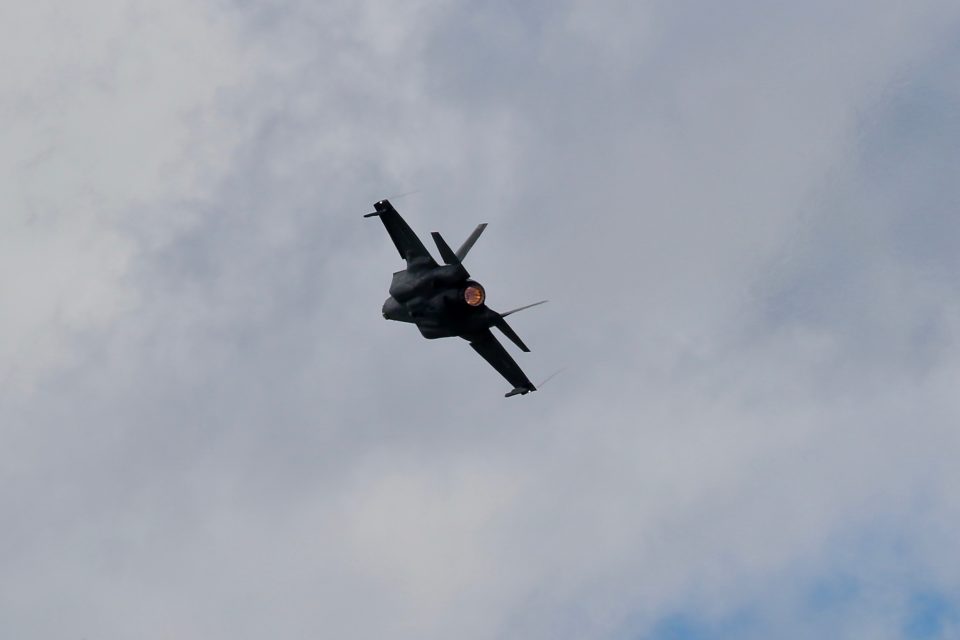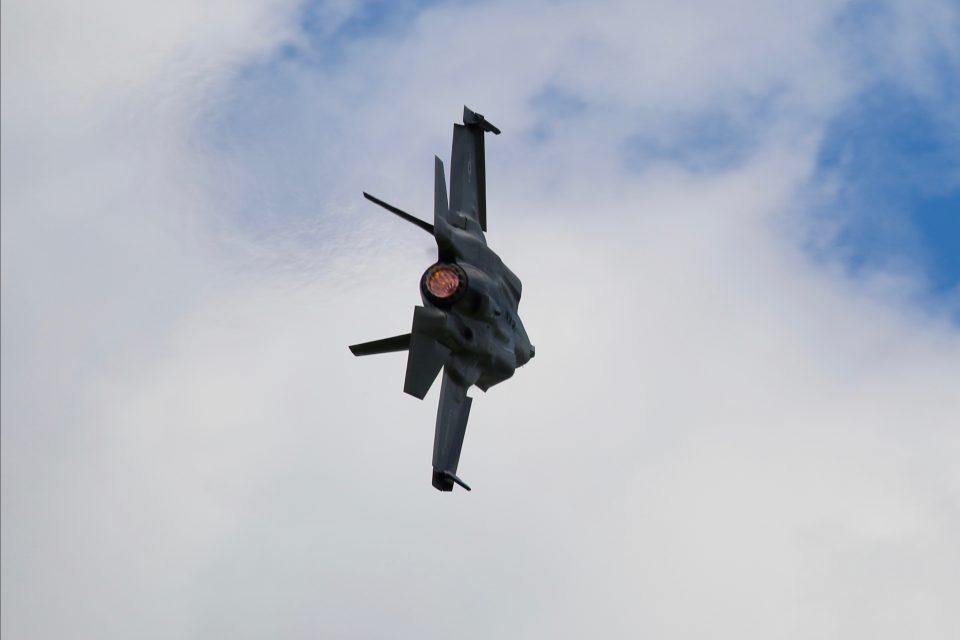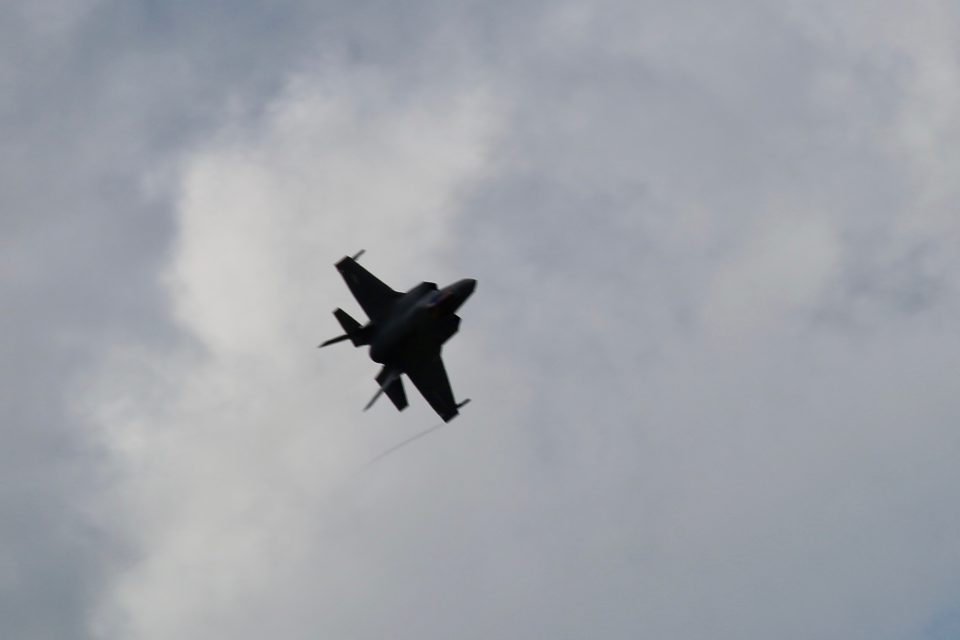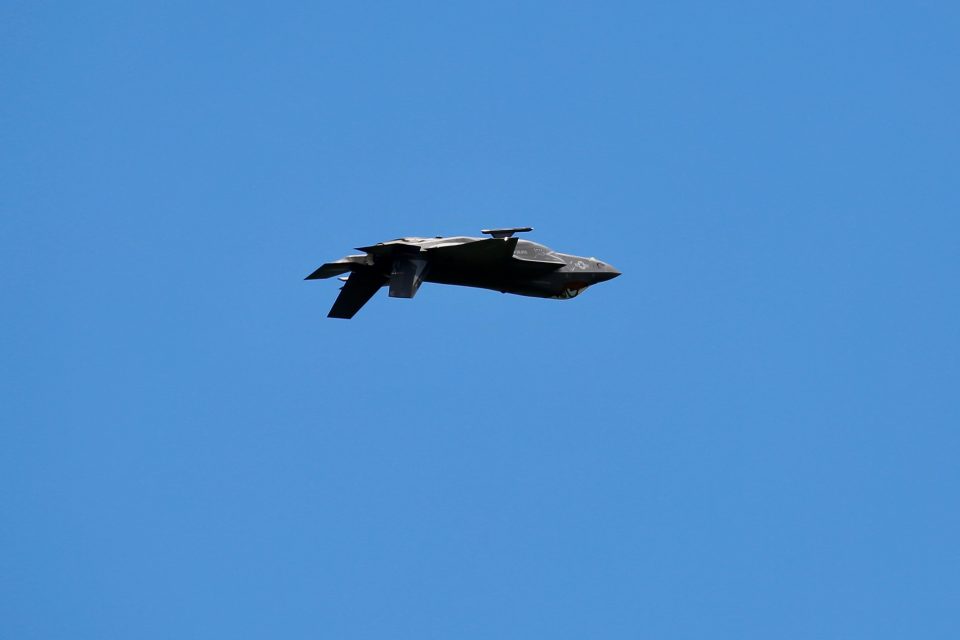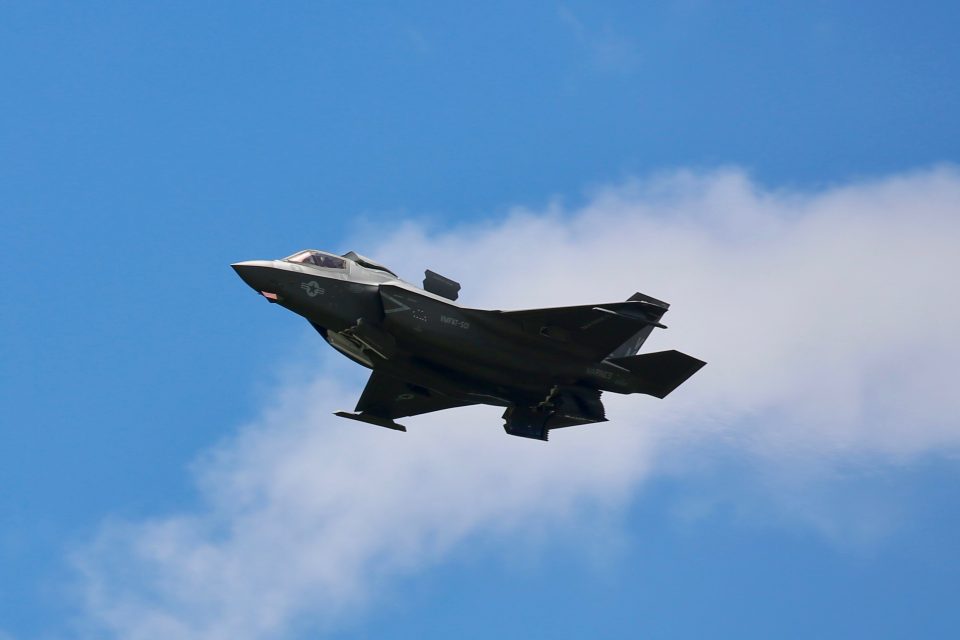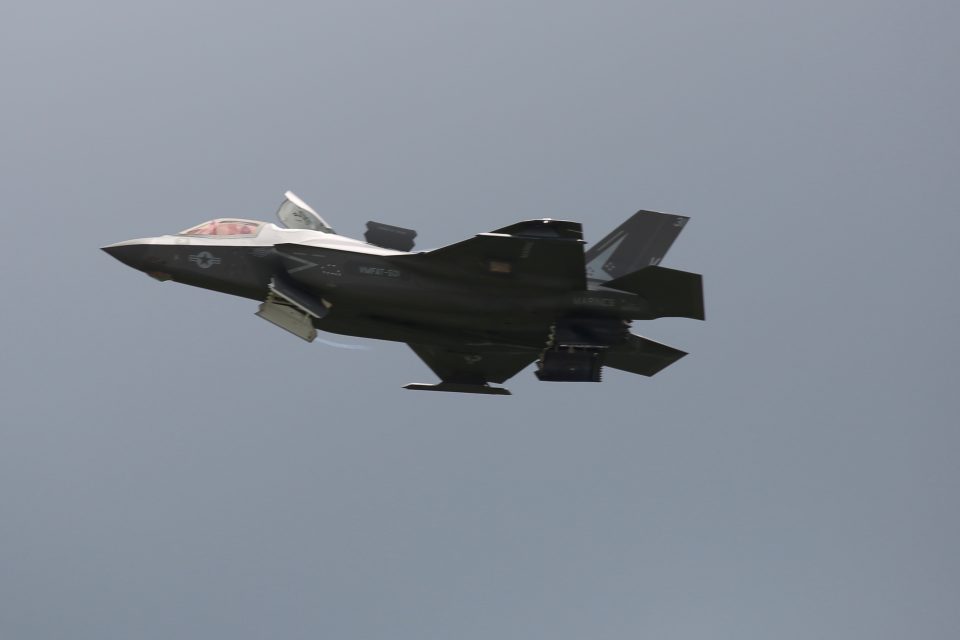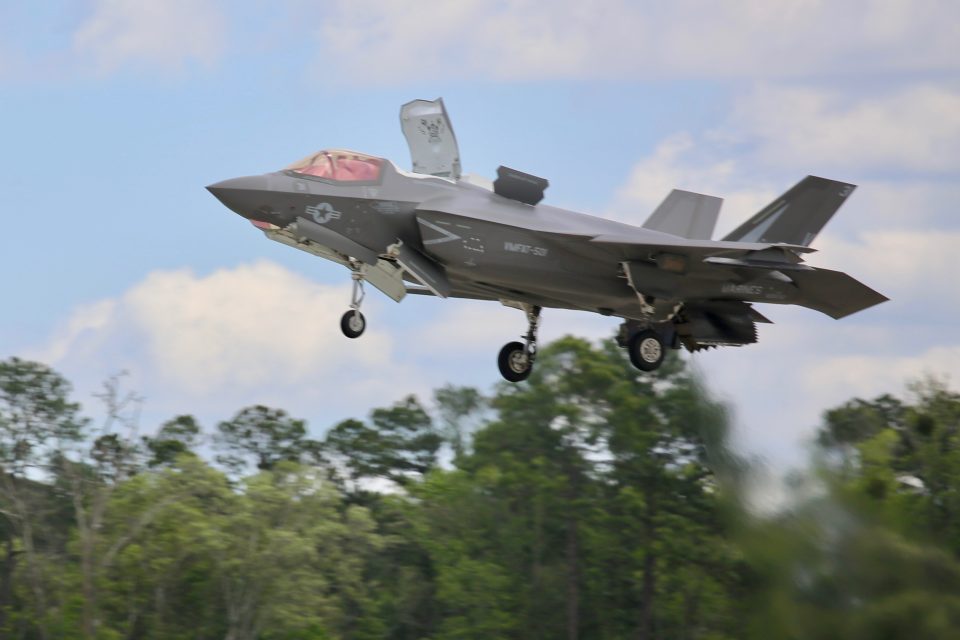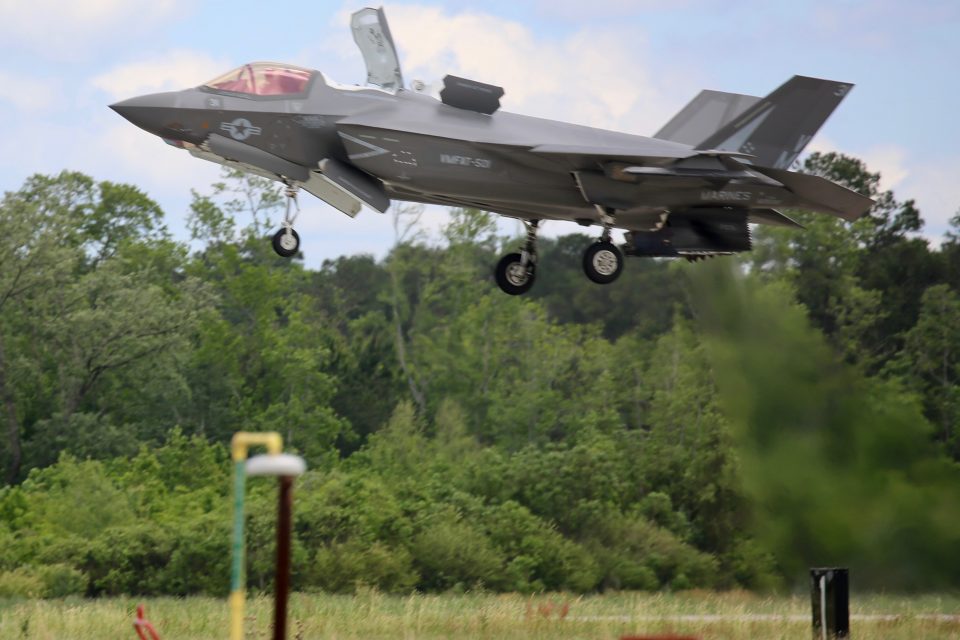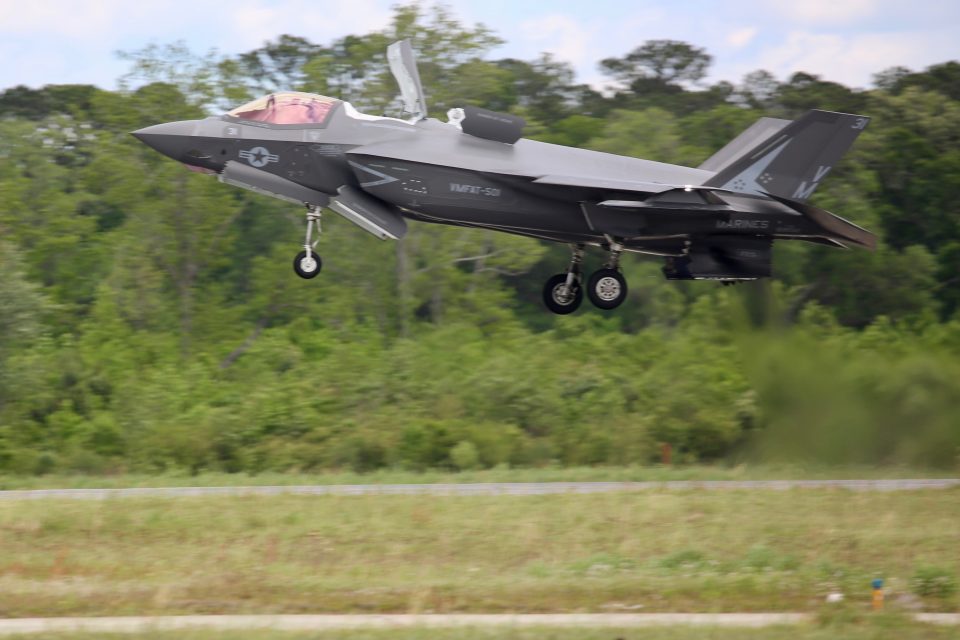By Robbin Laird
In 2012, I wrote a piece for Breaking Defense which focused on the Bold Alligator Exercise that year and how the image of change was difficulty to see.
The coming of the Osprey was about to totally change amphibious operations, but because it was an amphibious exercise, folks were looking at the beach and waiting to see the assault forces come across the horizon.
The problem was that assault had already occurred over their heads and had reached deep inland.
I wrote: “Instead of assaulting the beach, the forces aboard the sea base are maneuvering within and over the battlespace inserting, moving and withdrawing forces. This is a far cry from just looking at photos of the landing ships and assault vehicles.”
A similar challenge is now being posed by the coming of the F-35 for airshows.
The F-35 is a harbinger of fundamental change in terms of the concepts of operations for airpower, in which a multi-domain aircraft is able to exercise decision-making at the tactical edge and is a driver of fundamental change. The F-35 is hardly the end of history with regard to air combat innovation but it is a page turner.
When I visited Marine Corps Air Station Beaufort in April, my host was the Commanding Officer for the Warlords, Lt. Col. Adam Levine. Lt. Col. Levine has been flying the F-35 for more than seven years and has witnessed first-hand the software roadmap taking shape from block 1A through 3F.
Lt. Col. Levine underscored that the evolution onboard the Hornets flown by the Marines compared to flying the early variants of the F-35 did not demonstrate the generational differences which now are evident with the 3F. According to Lt. Col. Levine:
“There is simply no comparison between a 3F F-35 and a legacy aircraft. They are in different worlds”
He encouraged me to stay and see the F-35B flying with 3-F software which has unleashed new agility for the aircraft and which was clearly visible at the Beaufort Air Show.
But he drove home the point which really is what makes viewing military planes flying at airshows much more difficult.
He noted: “But of course you cannot see or demonstrate at an air show what the real difference the F-35 delivers to the combat force.”
From my perspective, the Lt. Col. highlighted the problem now in attending air shows and looking to understand more effectively the evolving nature of air combat systems.
What is becoming ever more salient to the air combat force are the effectors and their ability to operate together in an integrated manner with an ability to attenuate disrupters like electronic warfare or cyber threats.
This means that viewing the evolution of capabilities in the domains of C2, electronic warfare, cyber defense, providing secure linkages, and the development and integration of remotes or unmanned systems is crucial to understand the evolution of 21stair combat capabilities.
They are building out from the epicenter of fighter aircraft.
In other words, it is crucial to not just look at the pieces of the evolving effector capabilities but to consider how those capabilities are part of evolving concepts of operations for air forces operating throughout the spectrum of conflict.
It also reminds me of the differences between the world I grew up in and the world now with regard to automobiles.
As a boy growing up in the 1950s, I looked forward each year to the new models and how different they would be from last year’s models. Obviously, I am not doing that in 2019, where the combination of what the frame of the car can deliver aerodynamically interacts with what is now inside that car to deliver the performance I would wish to buy.
Something similar is happening in the fighter world, where data fusion built into the F-35 is a game changer, but the impact of game changing is only really delivered by the effectors and their ability to be integrated into the battlespace.
At the Fighter Conference held in Berlin last November the former head of the Royal Australian Air Force provided a good sense of what the challenge is in understanding the future of air combat and what to look at when watching a fighter jet fly.
“Our Navy has just started deploying our air warfare destroyers but we have already demonstrated CEC interoperability with the US Navy.
“We will put CEC on our Wedgetails to be able to provide weapons quality tracks to our ships, hence enhancing significantly the range for the strike capability of our fleet.
“And as we go forward we will find ways to directly link our F-35s with the fleet as well.
“Our Navy and Army are now focused on fifth generation communications with their platforms as well, which is why having the F-35 in the force can drive change in the strategic direction in which you want to go.
“You fly a legacy asset you cannot drive the kind of change the Australian Defence Force needs in the near to mid-term.”
But how do you see this at an Air Show?
What is required now is that when visiting the Pavilions or Stands of manufacturers building items like missiles, UAVs, or C2 systems one needs to look not just at the cool capabilities the piece of equipment might provide or does provide, but focus on how that capability can be folded into a combat air force.
This is a much more significant challenge for the visitor, but crucial to understanding the way ahead of the world’s air combat forces.
This article was first published on Breaking Defense on June 14, 2019.
And recently, there was an historic flight by the Marines of an F-35 over the White House with the President of Poland as a guest of the President.
The featured photo shows President Donald Trump and first lady Melania Trump watching for an approaching flyover with Poland’s President Andrzej Duda and his wife, Agata Kornhauser-Duda at the White House in Washington, June 12, 2019.
The slideshow highlights the F-35 at this year’s Beaufort Air Show and are credited to Second Line of Defense.


